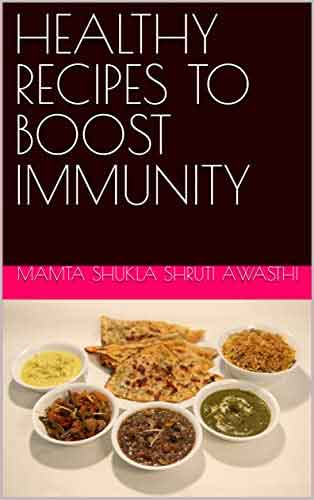As an Indian who sometimes finds himself abroad, I get puzzled often by notions of ‘Indian food’. I have three reasons. For one, Indian food is a misnomer. There’s nothing like it – because different regions and subregions, religious and caste groups, and tribes in India have different cuisines. They use different spices in different combinations, not to mention different cereals, pulses, vegetables, cooking media (ghee alone for some, edibles oils for the rest) and meats. For example, Rayalaseema and Naga cuisines are high on chili and ‘hotness’. Gujarati and Kannada food are not so hot, but still use a variety of spices.
 Second, the idea that Indian food is ‘spicy’. By spicy most people actually mean chili, but if you say spicy to Indians, you have to specify which spice. Chili came from Mesoamerica to India during the Colombian exchange with the Portuguese, and later the British, the Dutch and the Danes. But it’s just one of a wide variety. They are classified into six categories of flavors, according to the Hindu philosophy of food and medicine – the Ayurveda. Two Indian scientists, Dr. Shruti Awasthi and Dr. Mamta Shukla explain this in their new book in “Spices from the Ganga”. With expertise in phyto-pharma and validation of Ayurveda-based nutraceuticals, they explain the culinary, health and cultural significance of each spice to Indian culture. They also dive into the natural properties of spices that have been used in traditional medicine (not all of it validated by science yet).
Second, the idea that Indian food is ‘spicy’. By spicy most people actually mean chili, but if you say spicy to Indians, you have to specify which spice. Chili came from Mesoamerica to India during the Colombian exchange with the Portuguese, and later the British, the Dutch and the Danes. But it’s just one of a wide variety. They are classified into six categories of flavors, according to the Hindu philosophy of food and medicine – the Ayurveda. Two Indian scientists, Dr. Shruti Awasthi and Dr. Mamta Shukla explain this in their new book in “Spices from the Ganga”. With expertise in phyto-pharma and validation of Ayurveda-based nutraceuticals, they explain the culinary, health and cultural significance of each spice to Indian culture. They also dive into the natural properties of spices that have been used in traditional medicine (not all of it validated by science yet).
My third grouse is that ‘Indian’ food served in restaurants is nothing like the meals cooked at home. Restaurant dishes often over-index on fried and high-fat foods (floating layers of oil have long been the bugbear of non-Indian chefs and food critics). Common suspects like biryanis, koftas and handis are simply not made at home – they’re too fancy and too expensive.
 Homemade Indian food is a lot healthier, and of course cheaper and easier to cook. In their companion book “Healthy Recipes to Boost Immunity”, Drs. Awasthi and Shukla demonstrate the various parts of an Indian meal. It uses rice and wheat for carbohydrates (energy), dals and beans for protein (tissue repair), vegetables for vitamins, cooking oil for fats and extraction of some vitamins, and most importantly, spices that provide a wide range of micronutrients, minerals and antioxidants.
Homemade Indian food is a lot healthier, and of course cheaper and easier to cook. In their companion book “Healthy Recipes to Boost Immunity”, Drs. Awasthi and Shukla demonstrate the various parts of an Indian meal. It uses rice and wheat for carbohydrates (energy), dals and beans for protein (tissue repair), vegetables for vitamins, cooking oil for fats and extraction of some vitamins, and most importantly, spices that provide a wide range of micronutrients, minerals and antioxidants.
The two volumes are not the sharpest in English writing, nor heavily drenched in academia. There are more presentable chefs and bestsellers out there. However, as reference books for those who are starting cook, like Indian students going abroad, these books are valuable. They offer a simple, easy to understand start to Indian cooking and food philosophy, and the health benefits of Indian spices.
Raamesh Gowri Raghavan: I am a biologist by education, a writer and advertiser by profession and an archaeologist by interest. I have a strong interest in mental and neural health, wellness and nutrition. I am a founder, with Sukant Khurana, of the wellness and drug discovery company Ioncure Tech Pvt Ltd.











































